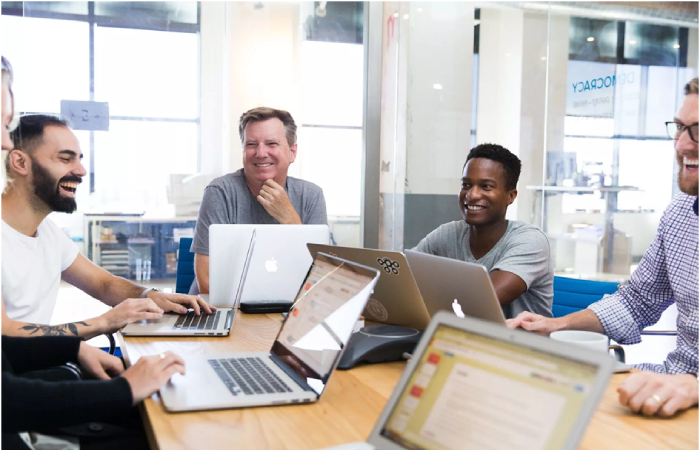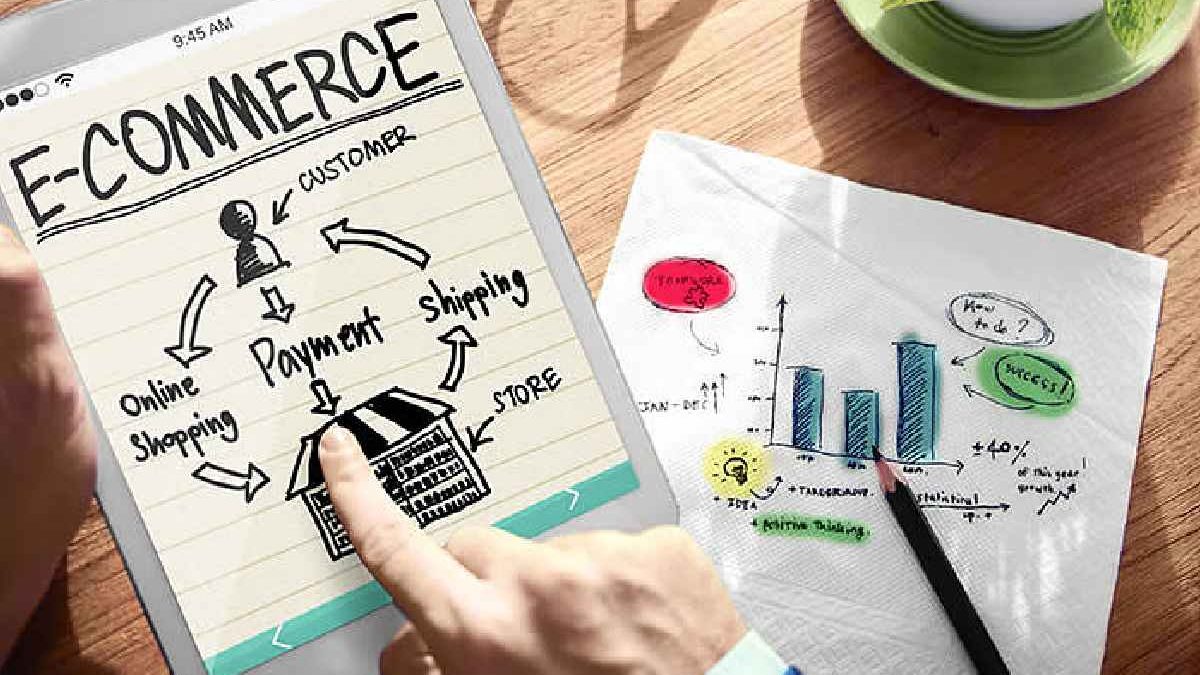The development and promotion of an Ecommerce project
The e-commerce market has become the most dynamic trading environment, surpassing even oil and energy. The competition for high-frequency queries is incredibly tough. The time has long passed when it was possible to create an online store, scroll two or three weeks of contextual advertising on Google, and it was possible to get customers.
Today’s reality sets new rules when the promotion of a project can cost more than the development of the site itself. Especially when it comes to a website on a template, where the percentage of the programmer’s work is minimal. Digitalsuits dedicated development company invites you to find out more.

Table of Contents
Filling and administration
Before you start writing the terms of reference for the development of an online store, think over where you will get the information. This is an important and rather costly question. The specificity is that the uniqueness of the site’s content directly affects the final ranking of your resource in the search results.
This means that the better the uniqueness of the information, the higher the site will be given in the search. This is not the only parameter that influences successful SEO metrics. Any ecommerce development company must consider this in its work.
In addition to the level of uniqueness, the search engine evaluates the authority of the site, the relevance of information, the availability of sources, the duration of the site on the network, the frequency of references in other sources, and much more.
It is important to remember that when using plagiarism, a search engine can put your resource in a “ban” or “banned”, as a result, all the work on the site and the money spent will be thrown out in vain. You can write to technical support, but as practice shows, the “banned” site can no longer be restored.
Technically, there are several options for filling the site with goods:
- By hand. Add each product offer manually.
- Import xls file (or analog format)
- Integrate with 1C.
It is quite expensive to create unique product descriptions for 10,000 product offerings. You can get by with less uniqueness, for example, 70% uniqueness or even less, while the site will be displayed lower as a result of search results, but the price for development will be less.
At the moment, Google periodically changes the conditions for ranking commercial resources, and it is problematic to understand what percentage of uniqueness remain needed to get to the top places. Only one thing is known for certain – you should not use 100% plagiarism.
In addition to the description, you need to consider the following parameters of product offers:
- Availability of product properties.
- Appearance of the product card.
- Arrangement of functional buttons, for example, buy, add to cart, etc.
- Design and presentation of the product catalog.
- Ability to add special offers: promotions, discounts.
All of the above parameters will need to remain implemented on the mobile version of the site, where the grid size is smaller and the layout requires simplification or reduction in the number of design fragments.
The main stages of development
When the question of sources of information for the site and descriptions for the product remain exhausted, you can plan the following stages of production:
- Development of a prototype. At the initial level, it is better to pick up a few successful examples on the market and choose the best for yourself. The prototype includes: the structure, the appearance of the user interface. The rendering of the navigation, the general appearance of the graphics. The prototype can remain drawn in Photoshop or other bitmap editors.
- Formulation of technical specifications. It is impossible to take everything into account in the prototype. How to take into account the integration with the Bitrix system in the preliminary project? More non-standard components are even more difficult to calculate. Therefore, the performers who talk about the fact that they only need TK from you are at least disingenuous. Perhaps the contractor will create an Internet shop without much customer intervention, but it will take a long time to modify and fix the buggy.
- Layout. At this stage, it remains assumed that there remain ready-made rendered fragments of the site. The task of the layout designer is to translate the finished template into HTML format. It is very important to comply with all the rules and layout requirements for the same display of site content in all browsers and on all types of monitors.
After the layout and the readiness of the framework, the content of the site. You need to provide a management and administration system. This is the most expensive production process for which programmers remain involved. At this stage, it is important to choose a management system (CMS) in which you and your colleagues will work comfortably.

